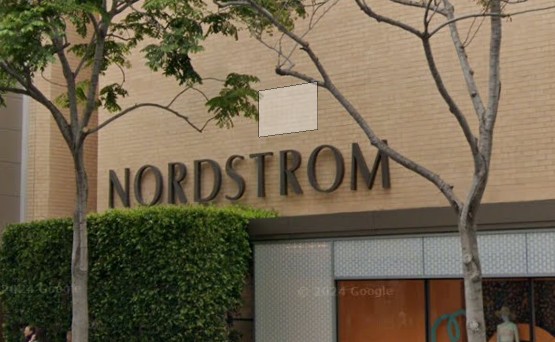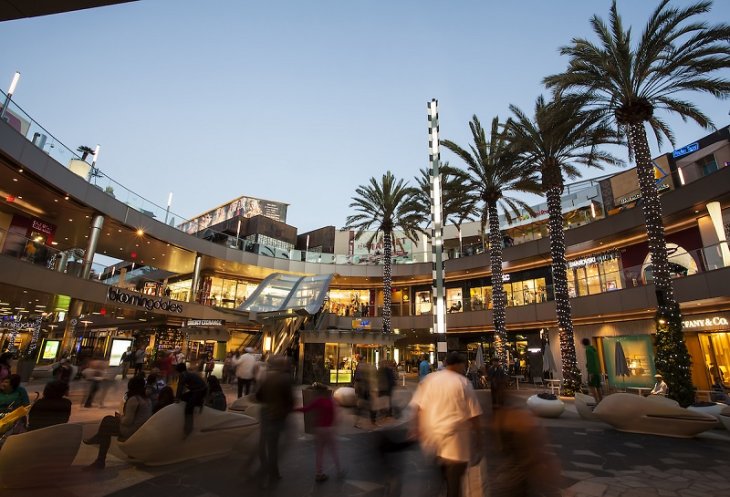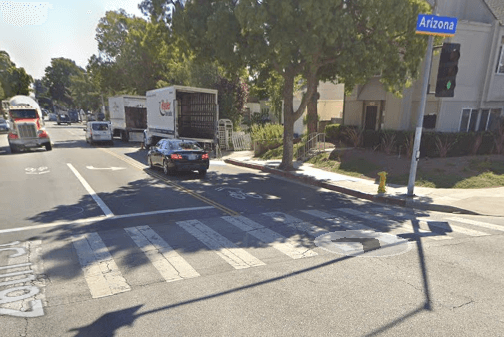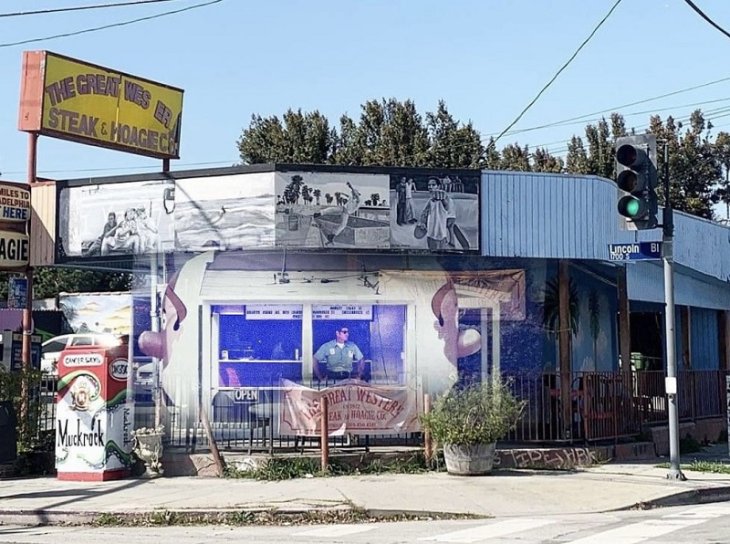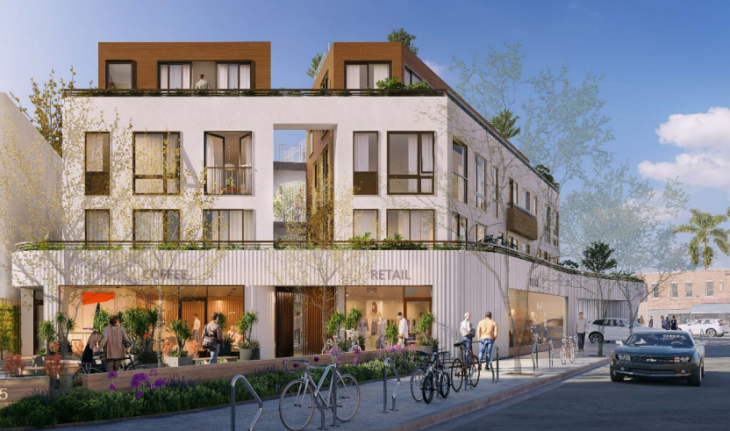A Nordstrom spokesperson explained the closure as a strategic realignment
Nordstrom confirmed its decision to close its Santa Monica store at 220 Broadway, with the final day of business set for Aug. 26 shifting focus to serving customers through nearby stores and digital platforms. The move reflects broader challenges facing the Santa Monica Place mall, where shifting ownership and declining property value have raised concerns about its future as a retail hub.
A Nordstrom spokesperson explained the closure as a strategic realignment, stating the company believes it can better meet customer needs outside the current location. The retailer pledged support for affected employees, offering assistance to those seeking other roles within Nordstrom. The store, near the Santa Monica Pier and Third Street Promenade, has long been a destination for brands like Free People, Nike, and Zella, offering clothing, shoes, cosmetics, and services such as personal styling.
The closure coincides with significant changes at Santa Monica Place. In April, Macerich defaulted on a $300 million loan, leading to Trigild, a court-appointed receiver, taking control. Trigild subsequently hired Prism Places to manage the Frank Gehry-designed mall, which underwent a $265 million renovation in 2010. Prism CEO Stenn Parton, whose Pacific Palisades home was lost in recent fires, aims to revitalize the property, citing its potential as a community anchor ahead of the 2028 Los Angeles Summer Olympics.
However, the mall’s value has been questioned, with the loan default signaling financial strain amid vacancy and post-fire recovery challenges in the westside area.
Opened in 1980 as Gehry’s first mall design, Santa Monica Place has historically drawn tourists and locals. Macerich’s 1999 acquisition and failed 2004 redevelopment plan to replace it with high-rises highlight its evolving role. Parton remains optimistic, pointing to policy changes and the Olympics as opportunities to restore the mall’s appeal, though the Nordstrom exit underscores ongoing difficulties in maintaining its retail prominence.

